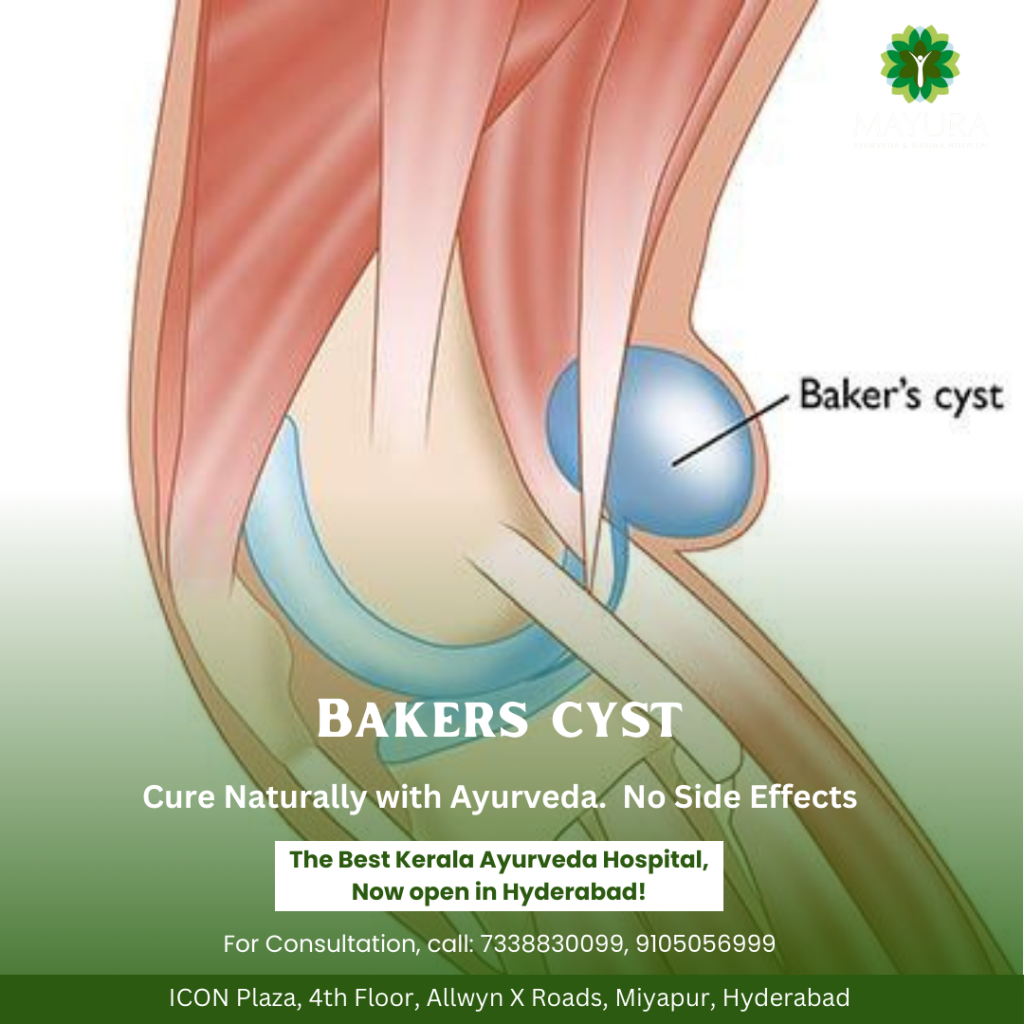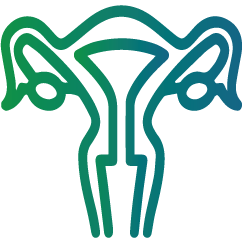
Baker’s Cyst, also known as popliteal cyst, is a fluid-filled swelling that develops at the back of the knee. It often occurs as a result of underlying knee joint conditions, such as arthritis or cartilage tears. The cyst is filled with synovial fluid, which lubricates the knee joint. When excess fluid accumulates, it forms a bulge, causing discomfort and stiffness.
Causes:
Baker’s Cyst is commonly associated with knee conditions that lead to increased production of synovial fluid. This includes osteoarthritis, rheumatoid arthritis, or meniscal tears. The cyst can also develop due to inflammation in the knee joint.
Symptoms:
Patients with Baker’s Cyst may experience swelling and a visible lump at the back of the knee. Pain and stiffness are common, especially when bending or straightening the knee. In some cases, the cyst may rupture, causing fluid to leak into the calf, resulting in swelling and pain.
Treatment Options:
Managing Baker’s Cyst involves addressing the underlying knee condition. Rest, ice, and elevation can help alleviate symptoms. Non-steroidal anti-inflammatory drugs (NSAIDs) may be recommended for pain and inflammation. Physical therapy can strengthen the knee and improve flexibility. In severe cases, the cyst may be drained or surgically removed.
Prevention:
To prevent Baker’s Cyst, it’s essential to manage and treat underlying knee conditions promptly. Regular exercise, maintaining a healthy weight, and avoiding prolonged periods of immobility can contribute to overall joint health.
Conclusion:
Baker’s Cyst can be a challenging condition, but with proper diagnosis and treatment, patients can find relief. Understanding the causes, symptoms, and treatment options is crucial for effectively managing this knee-related issue.















